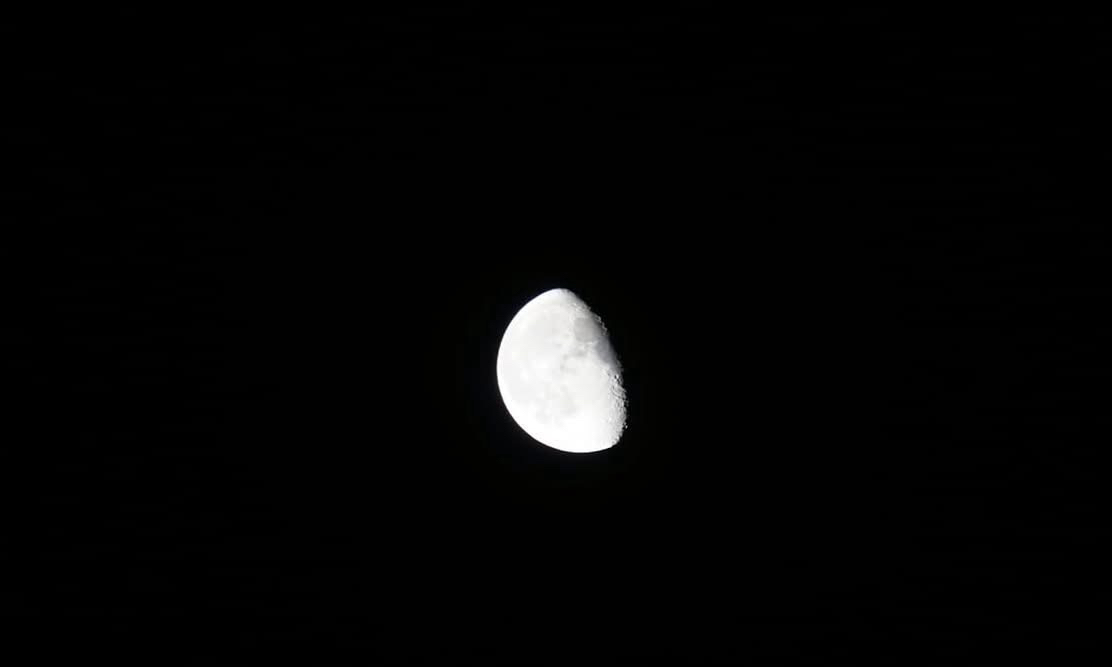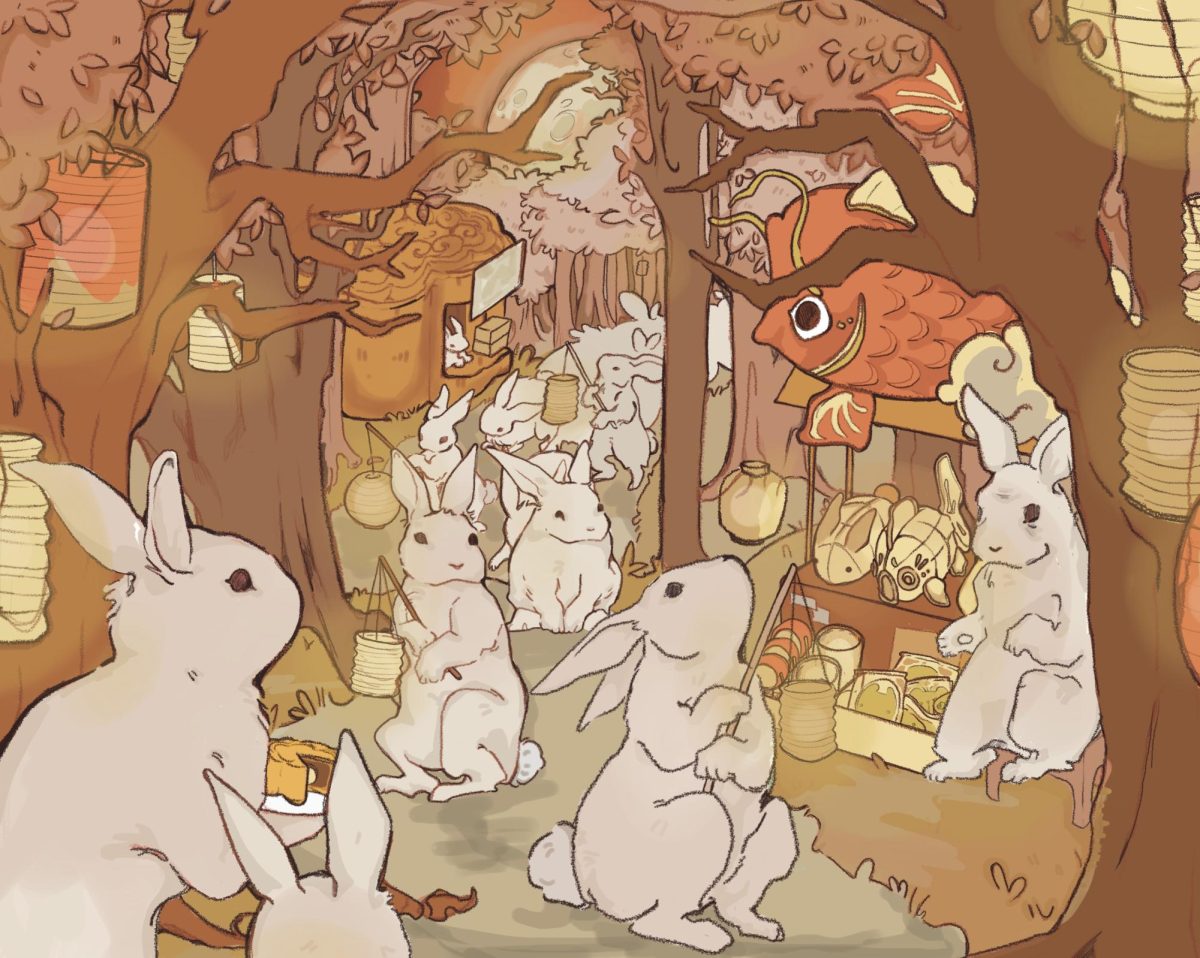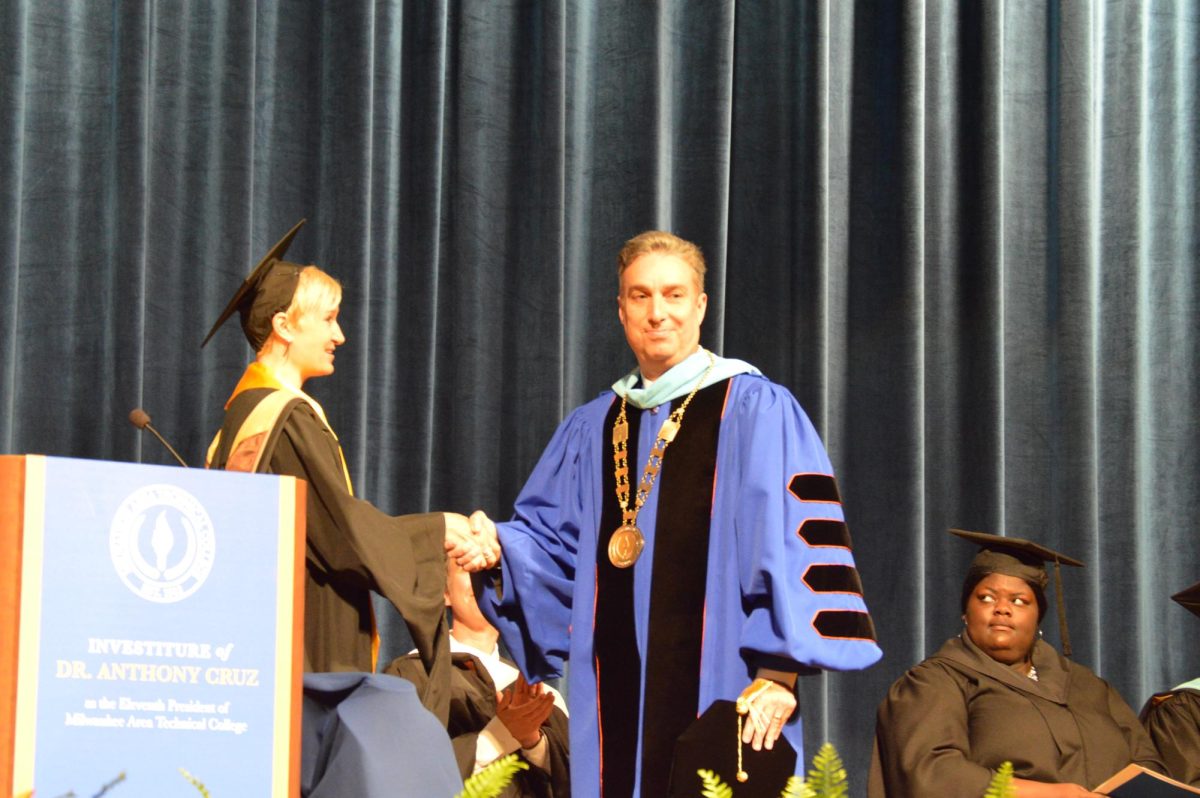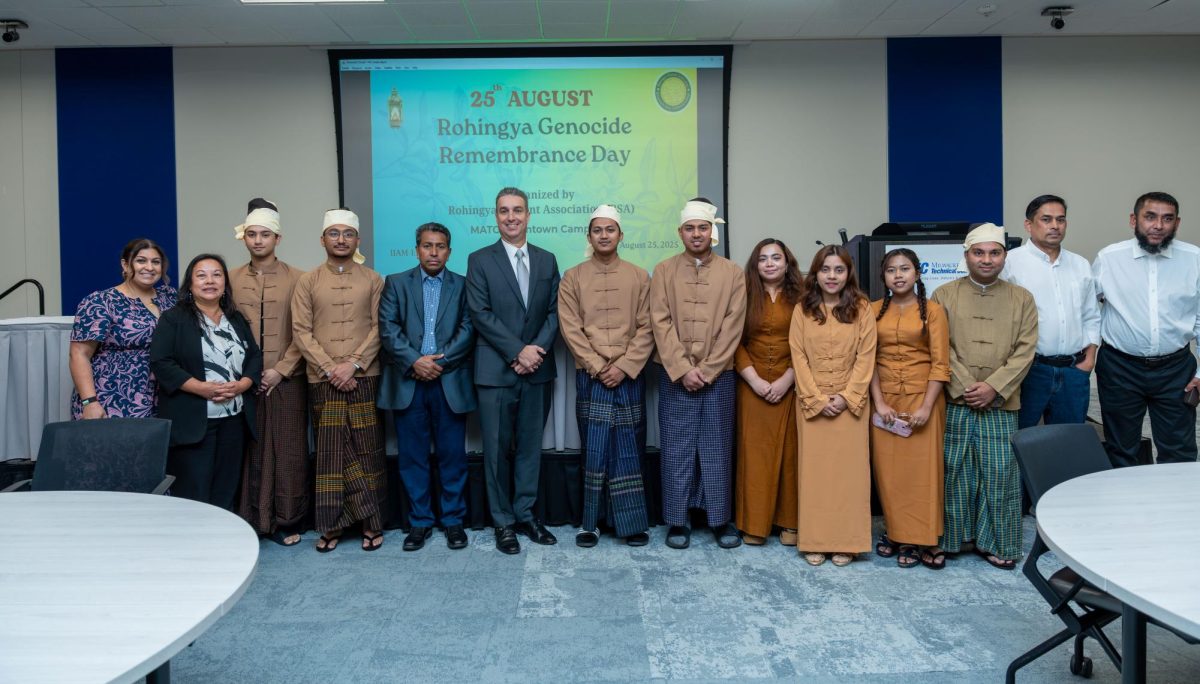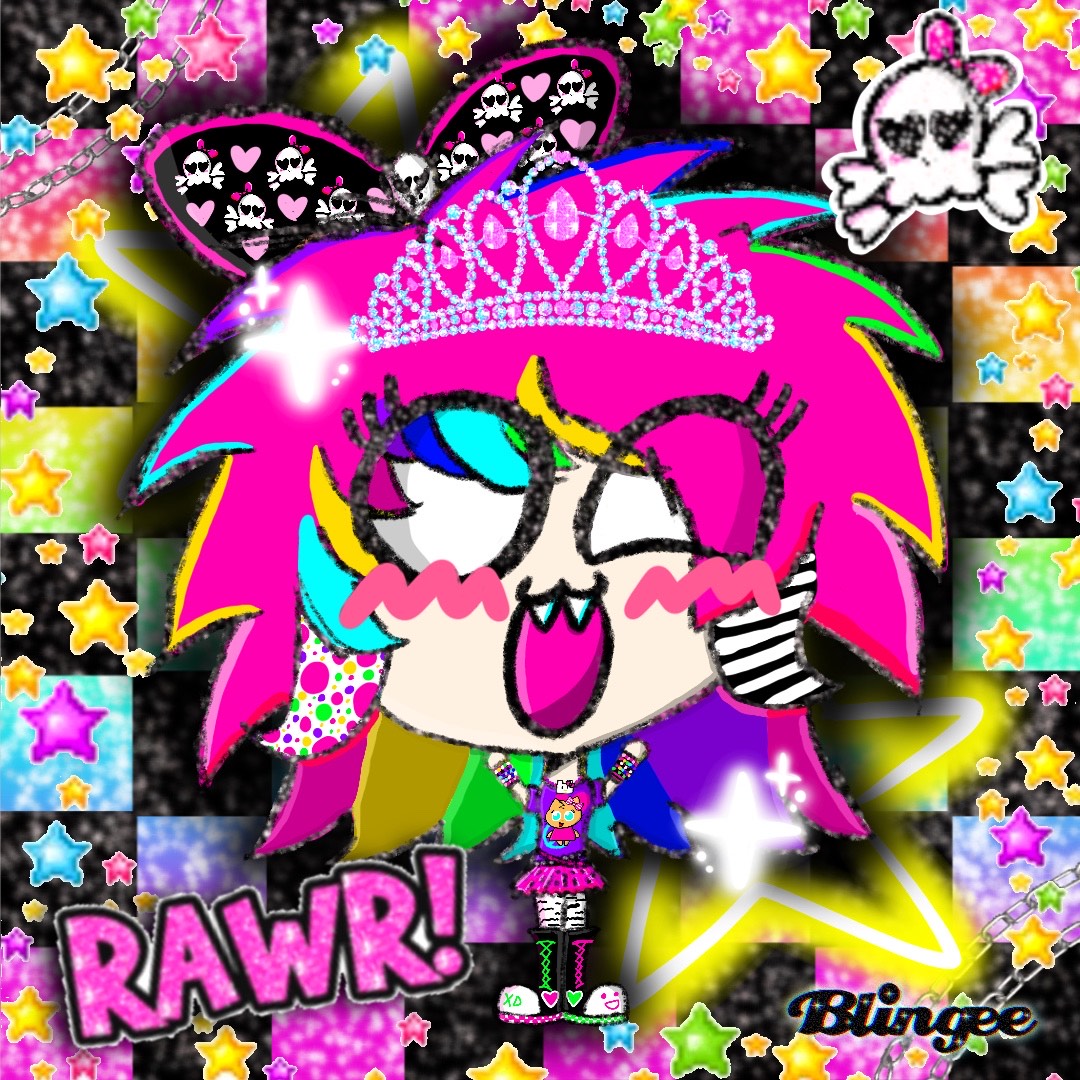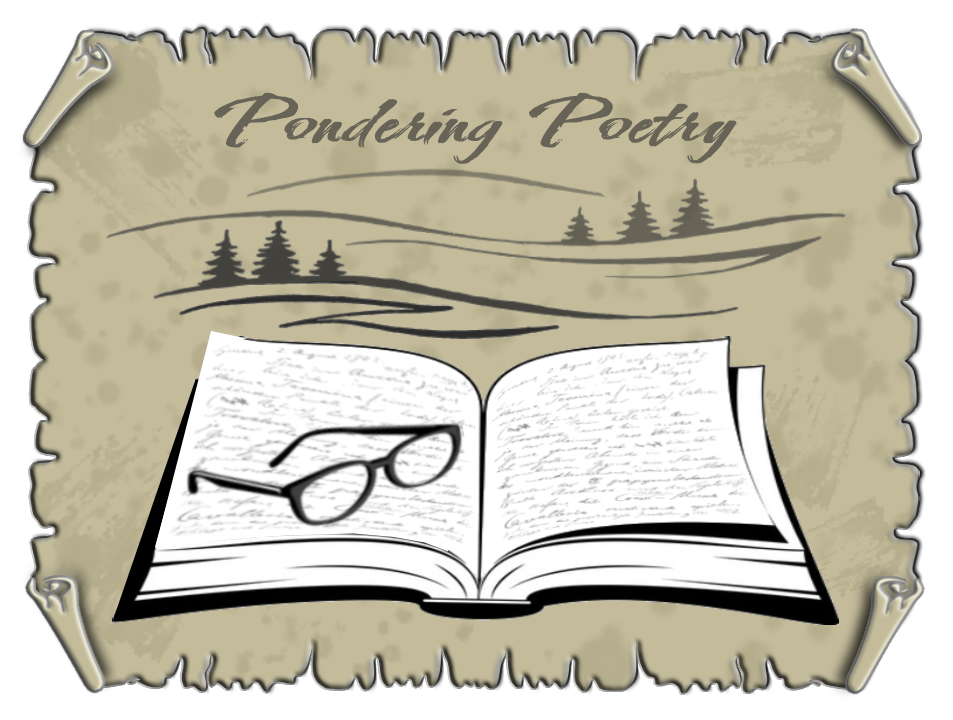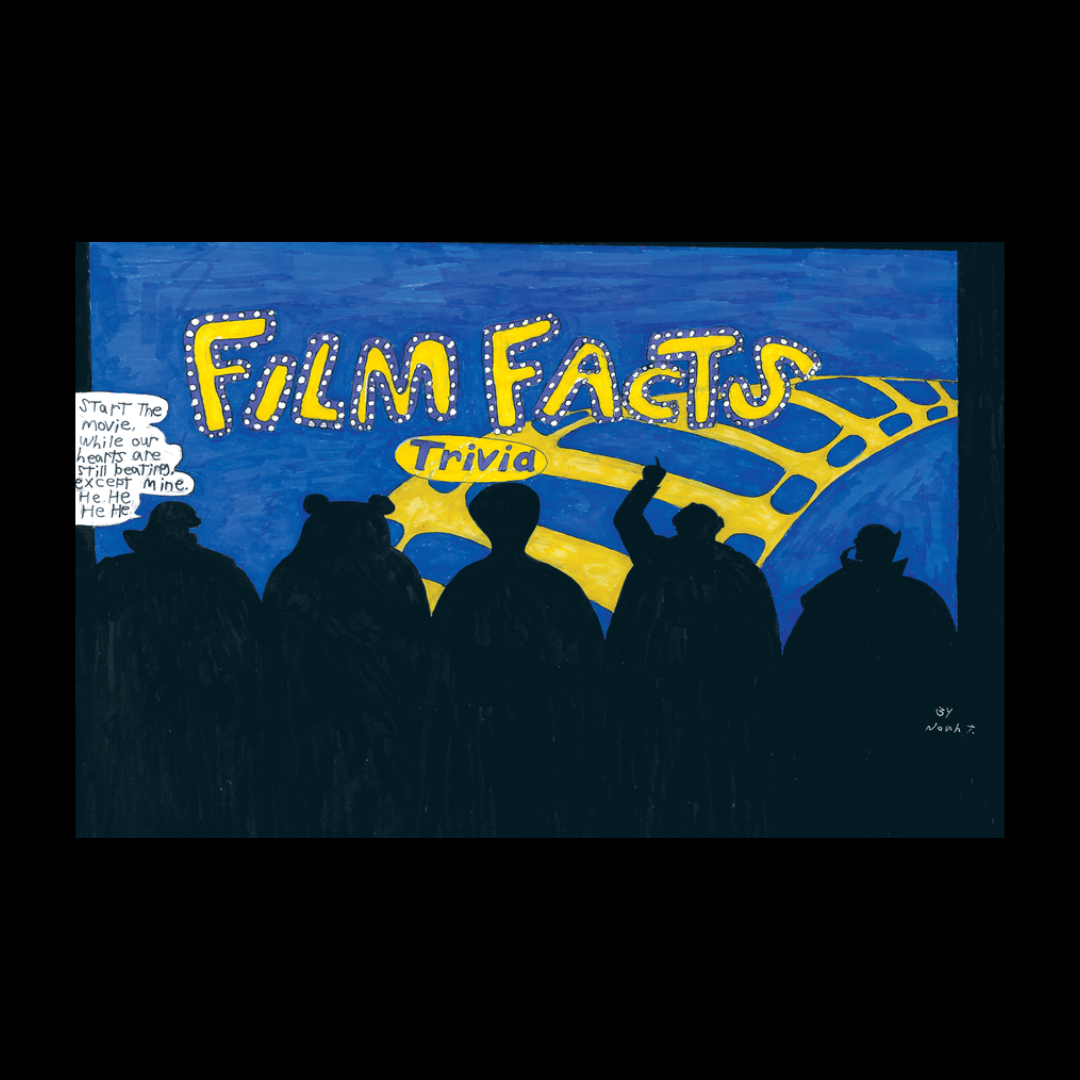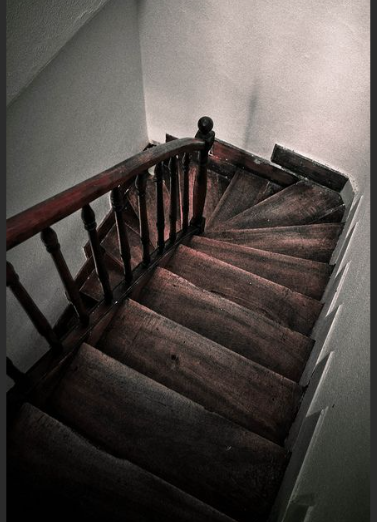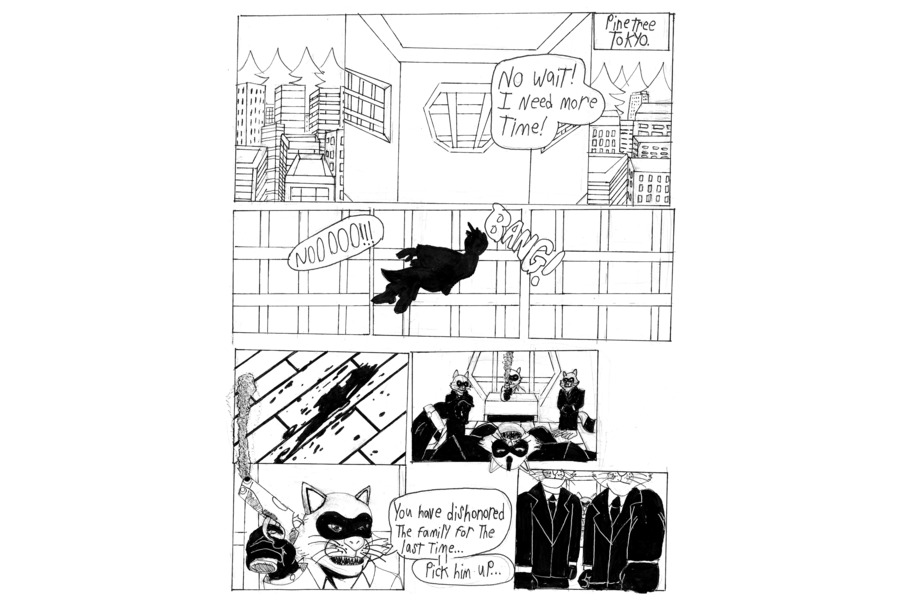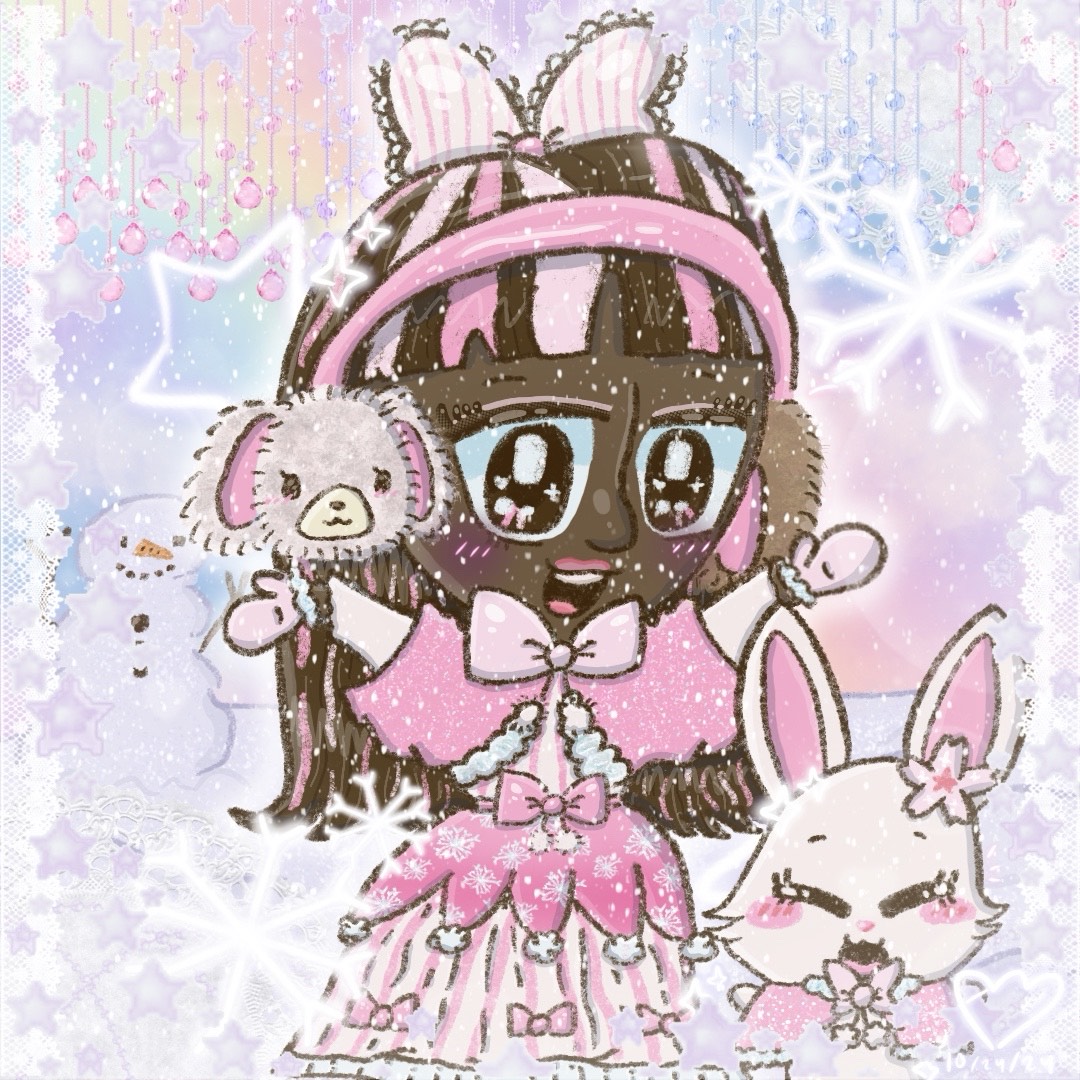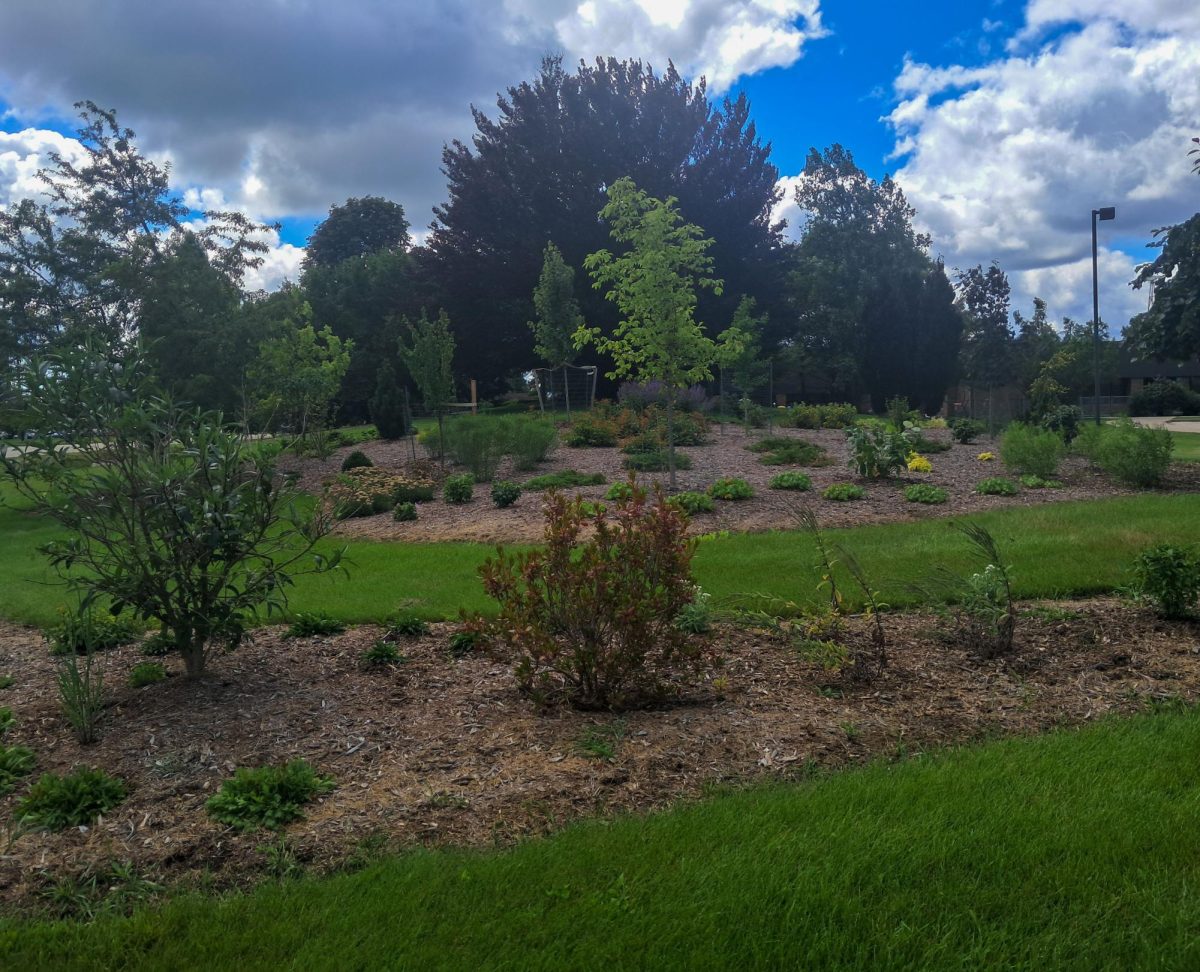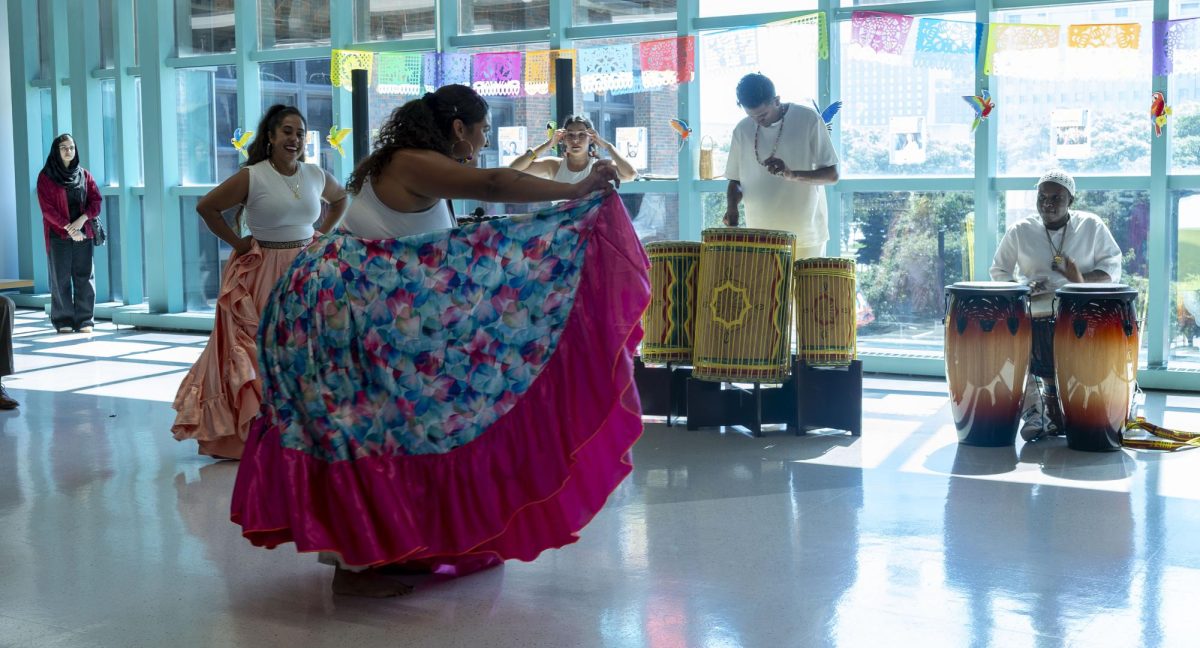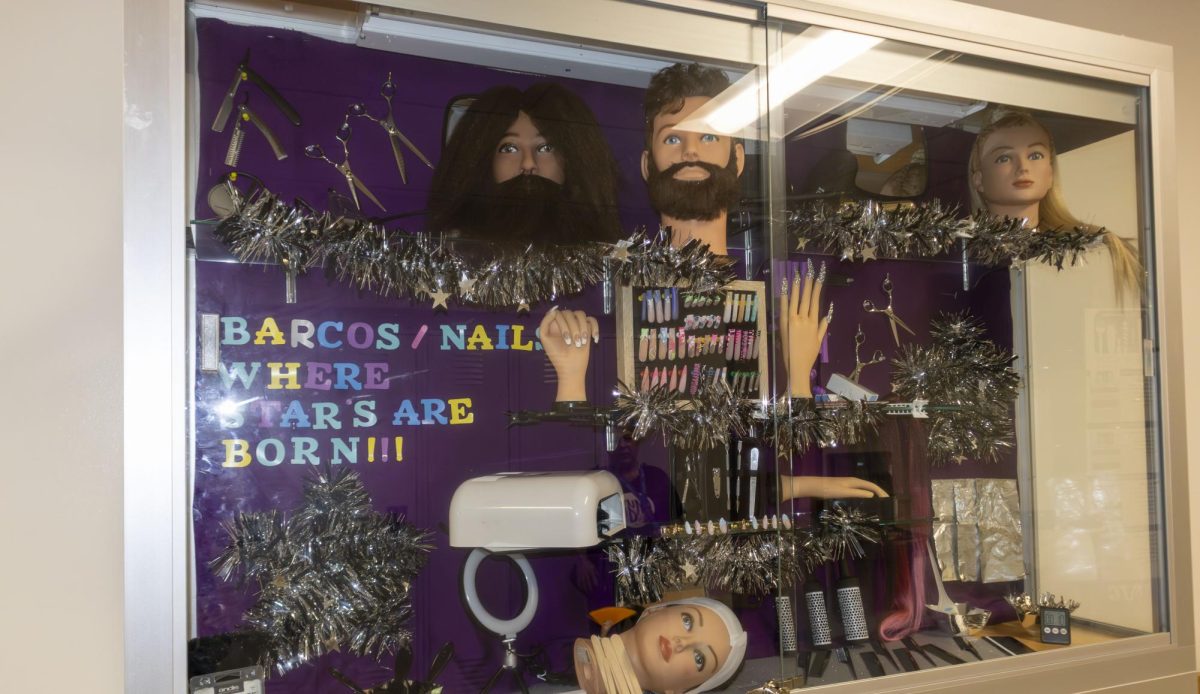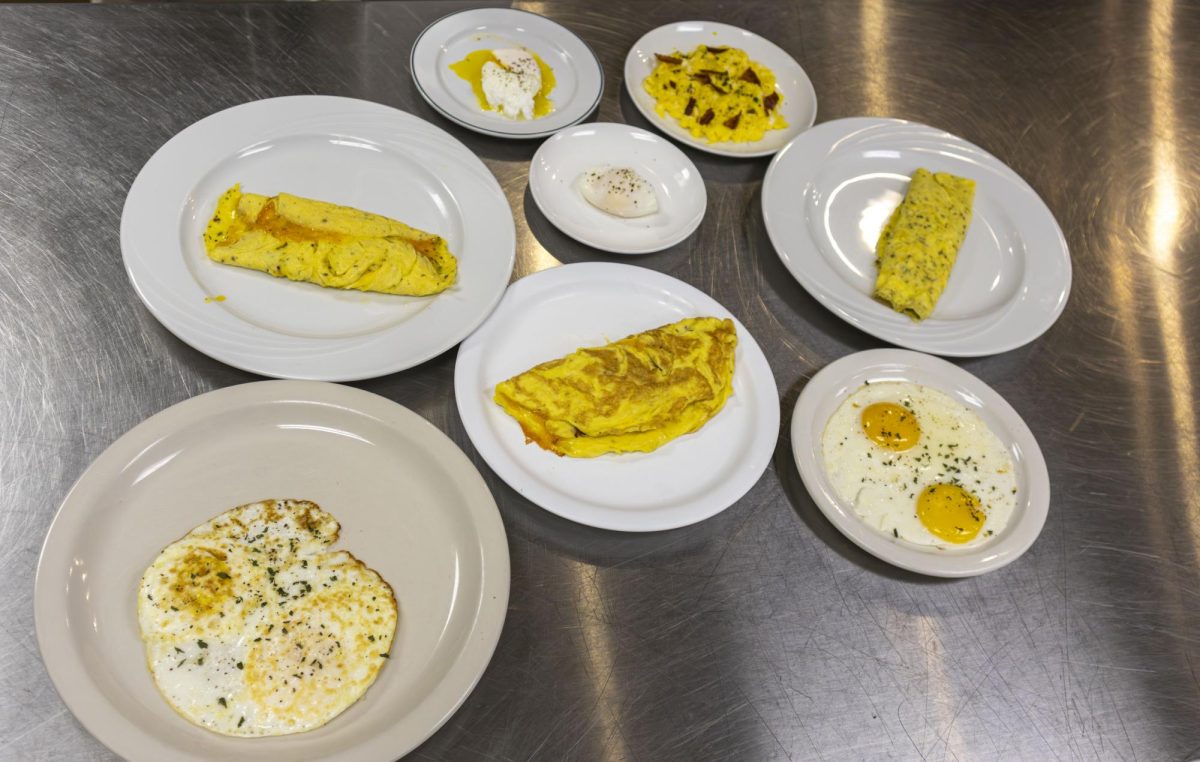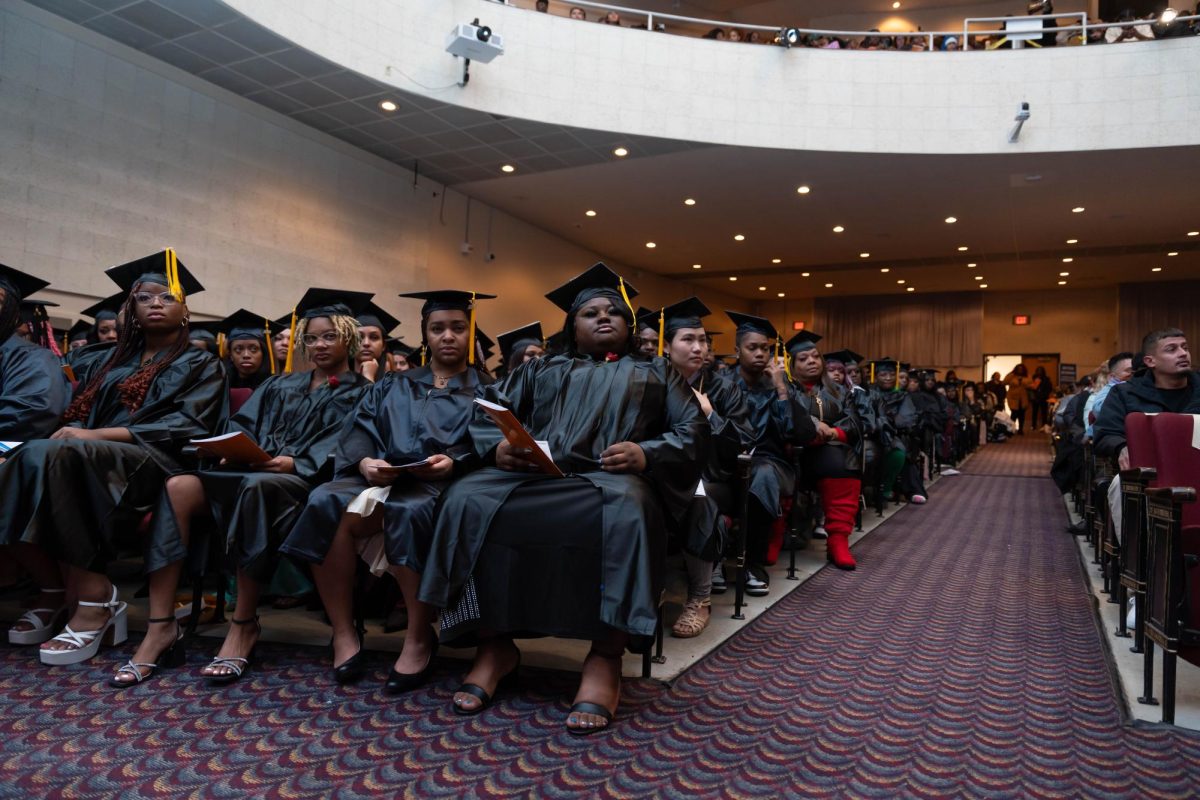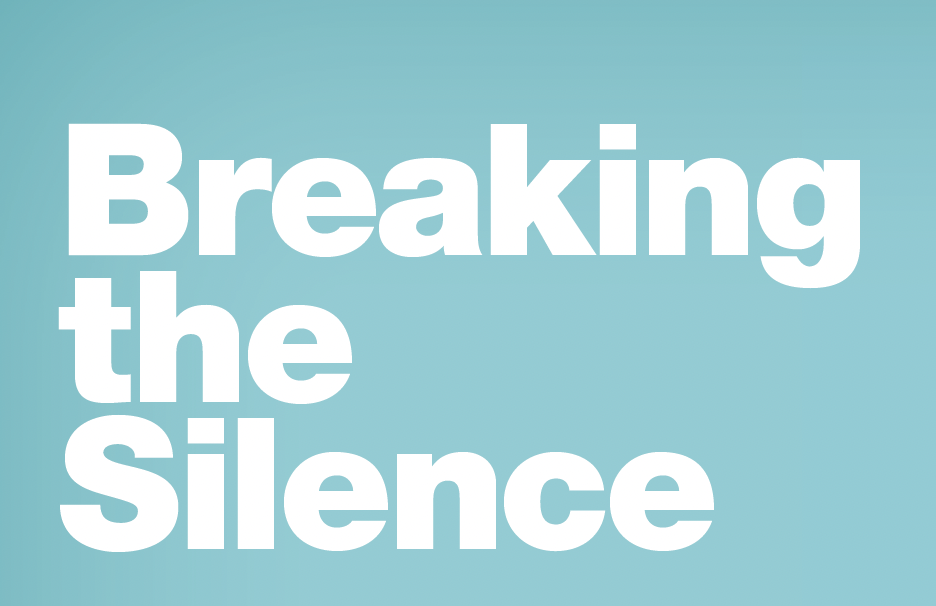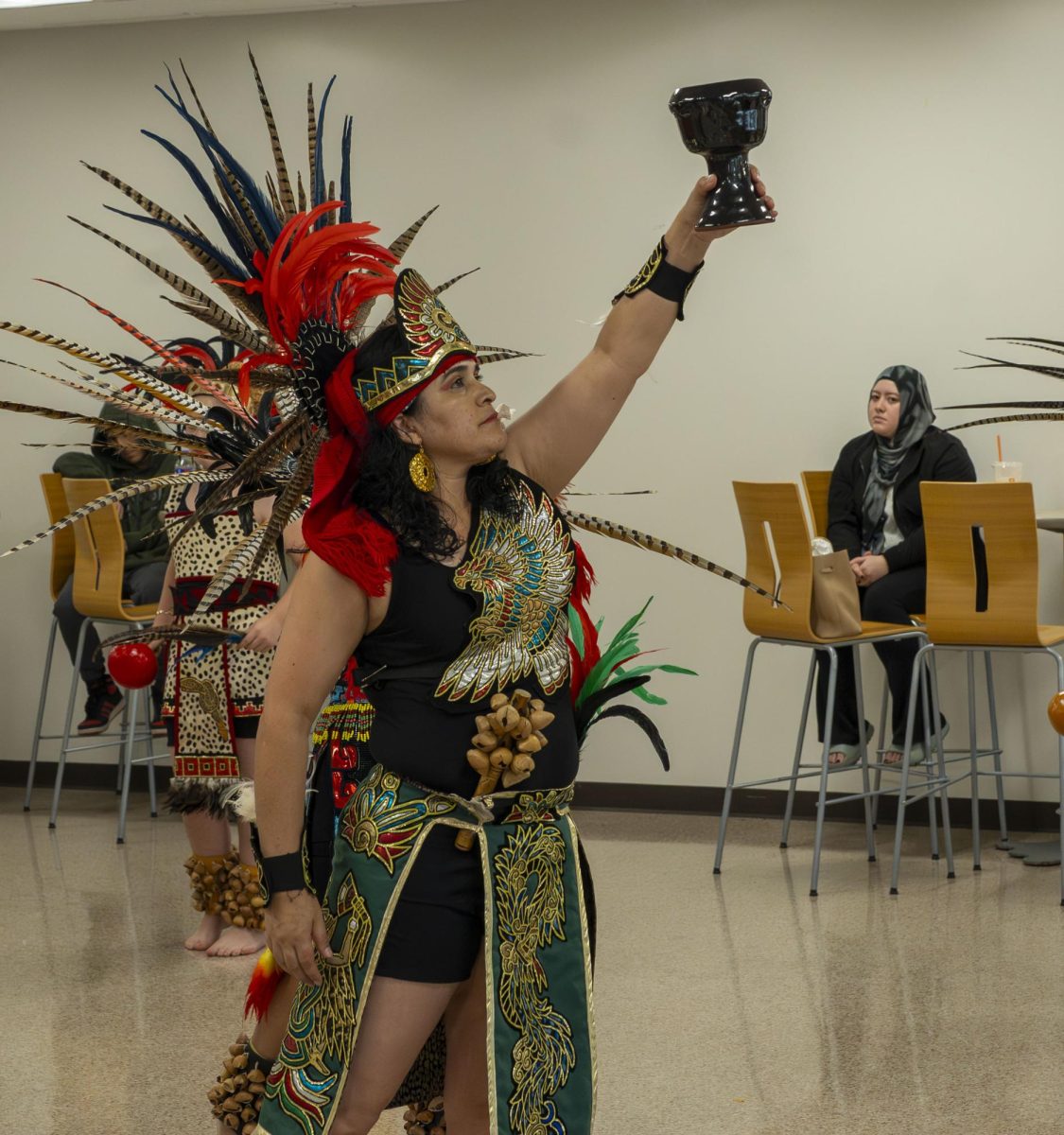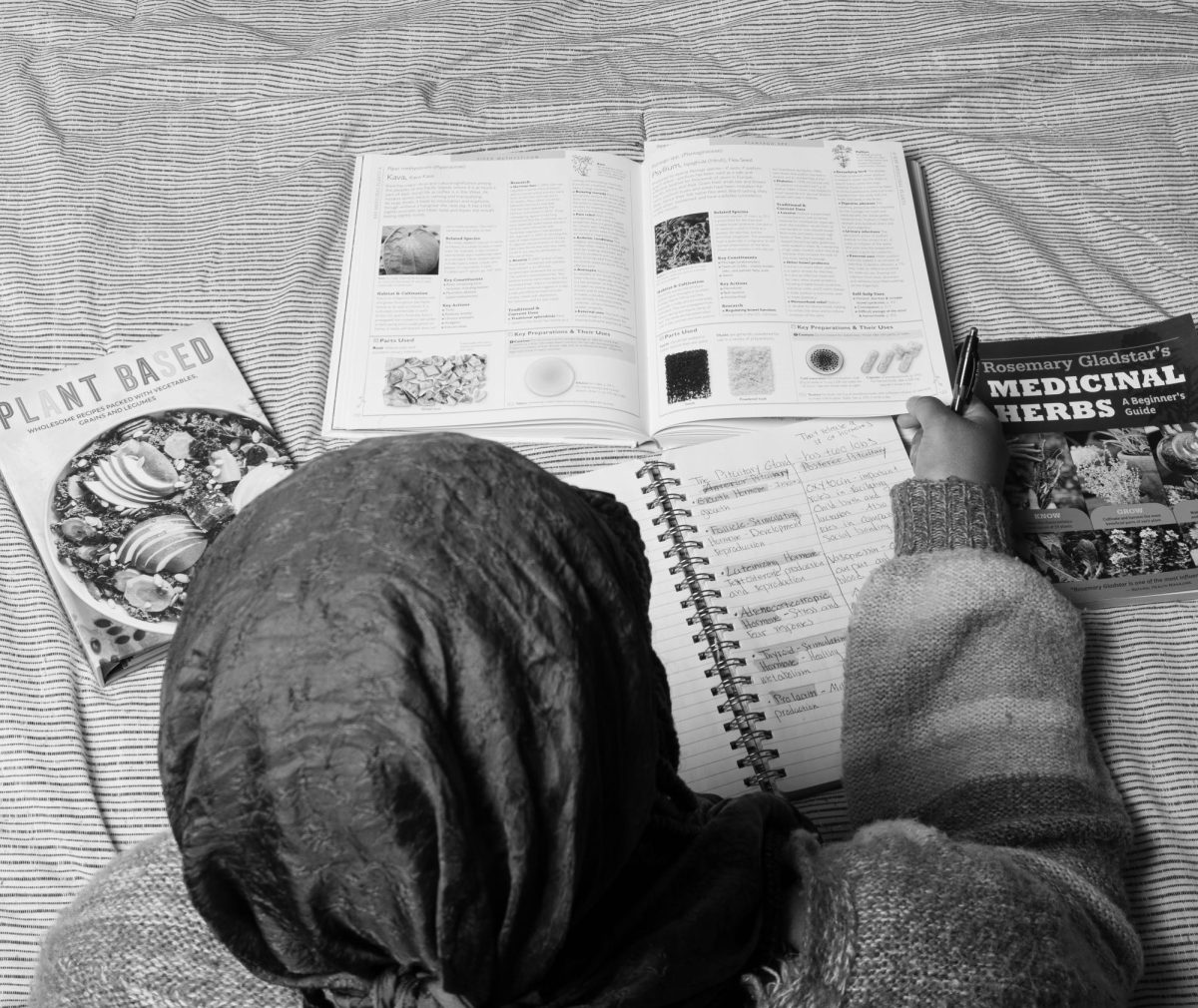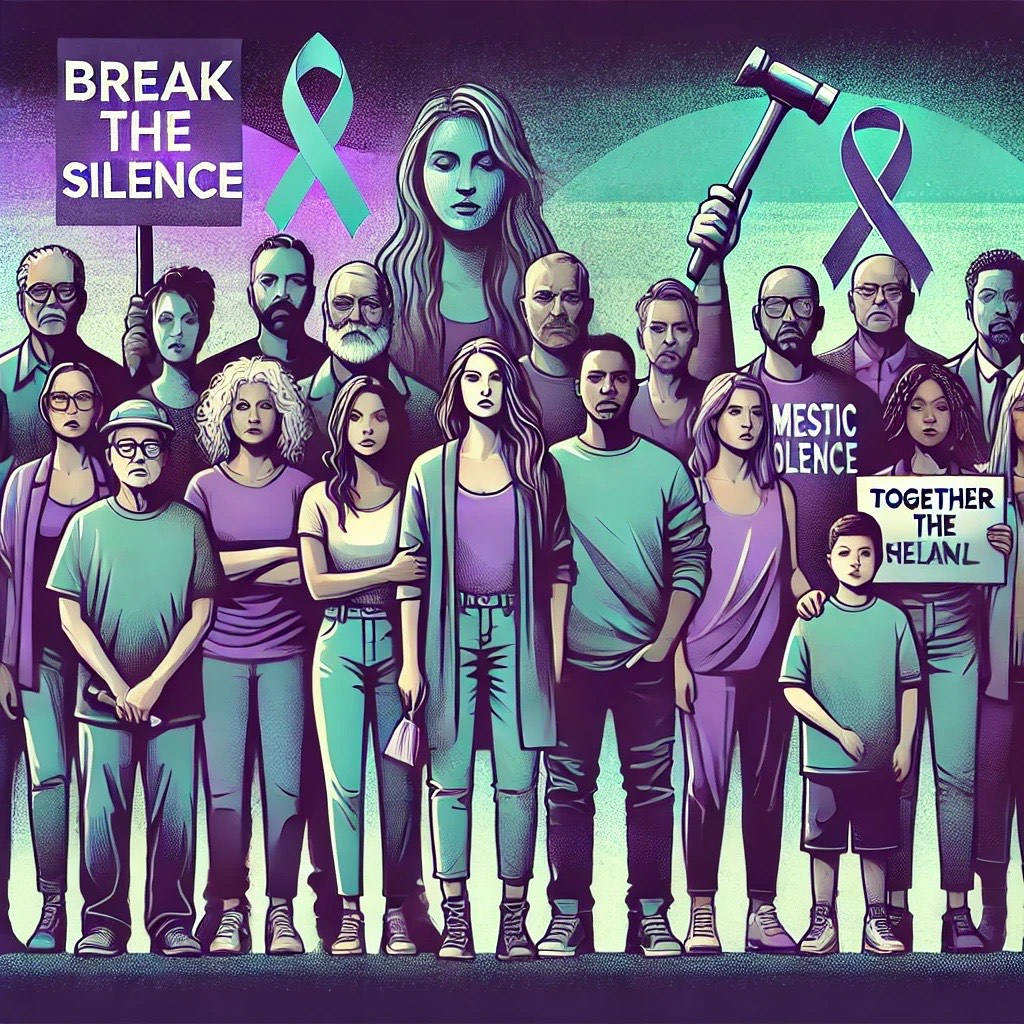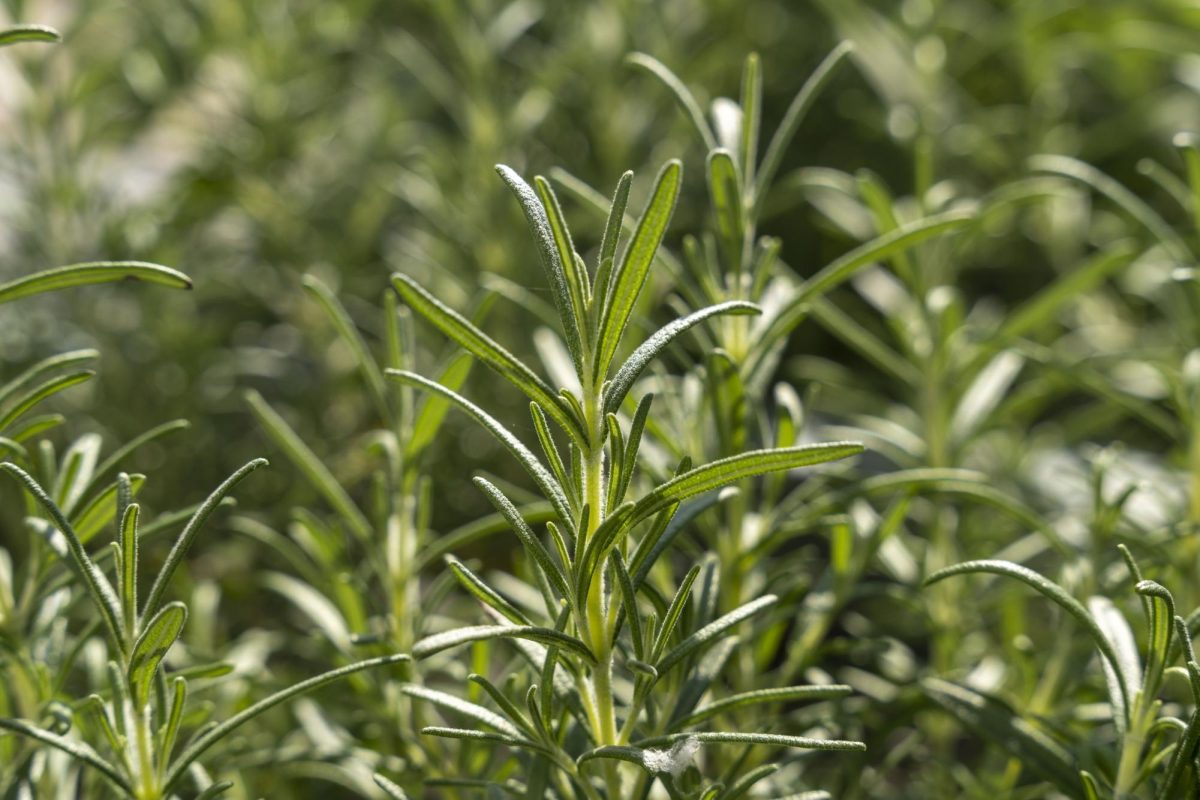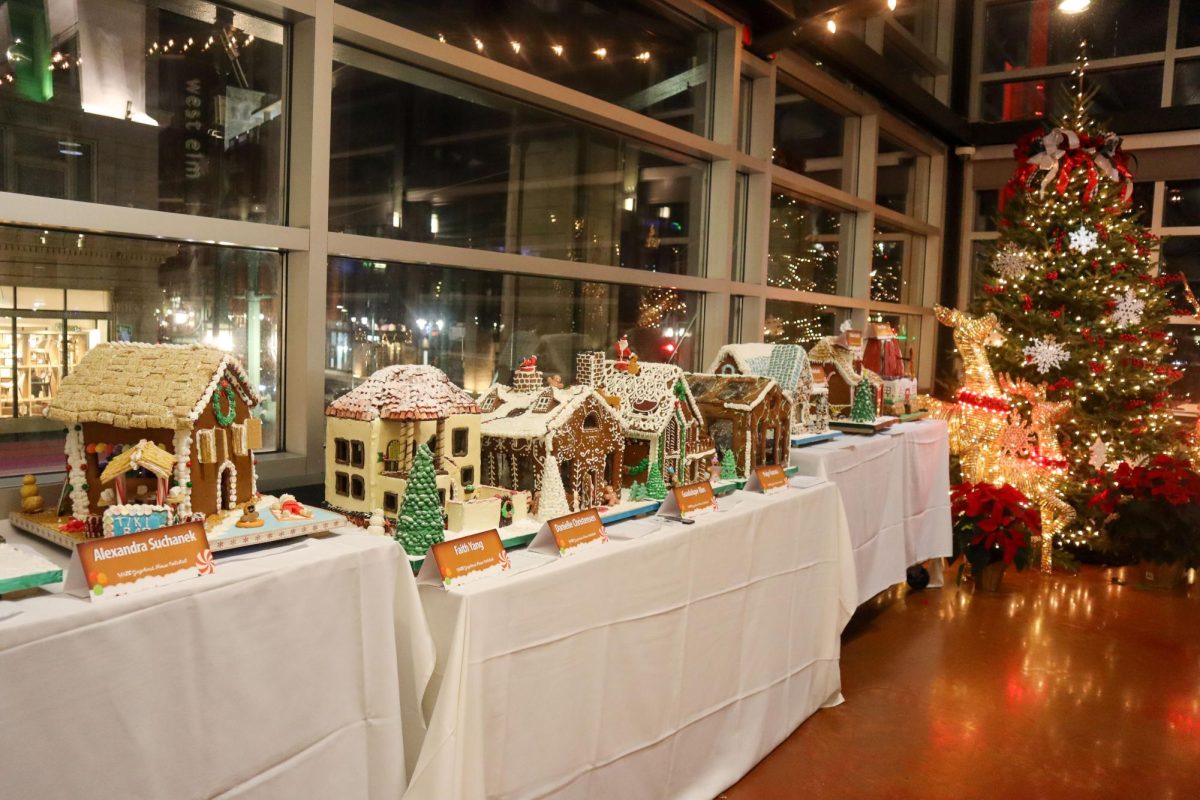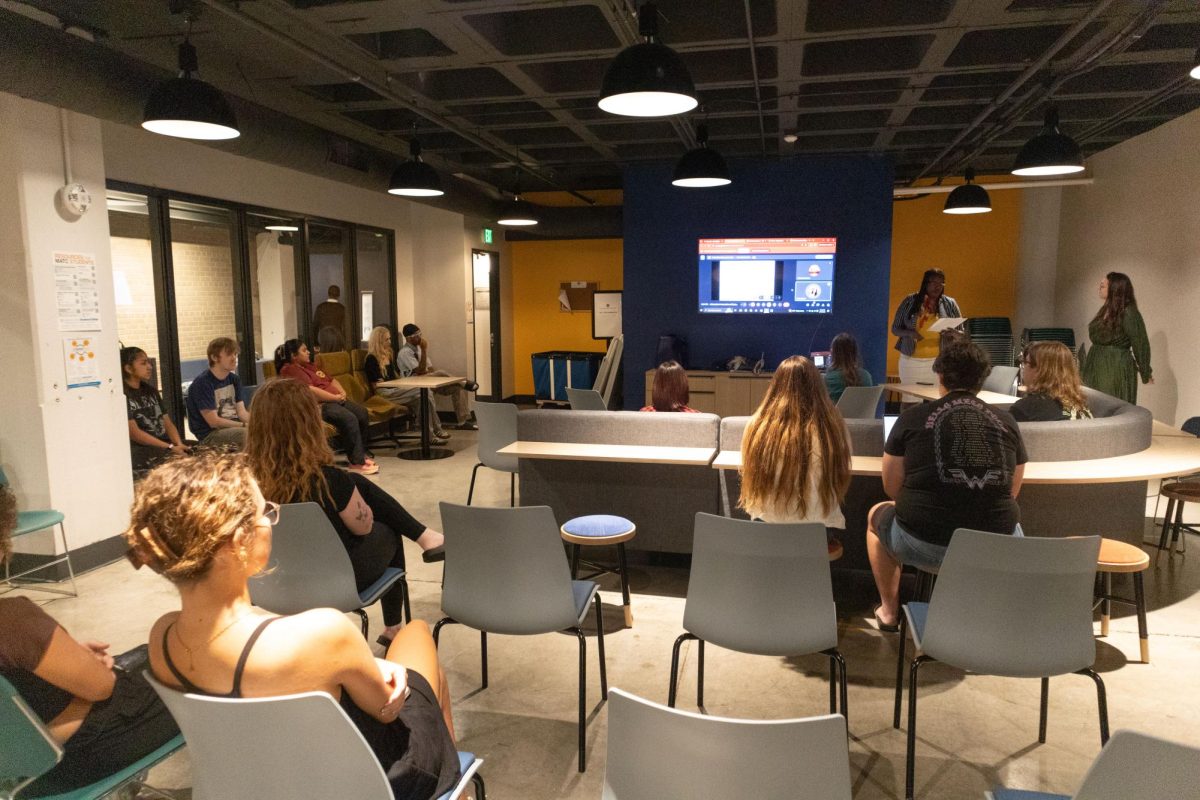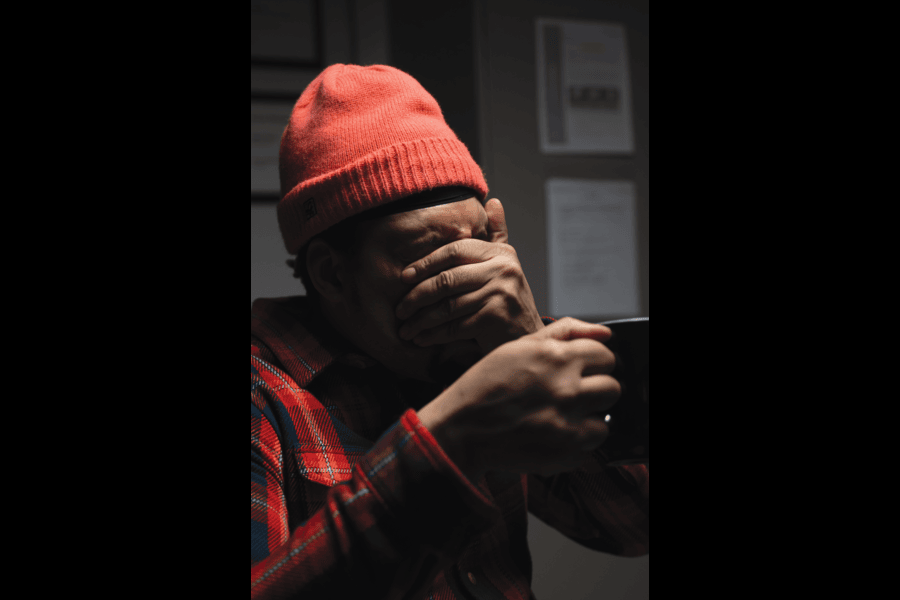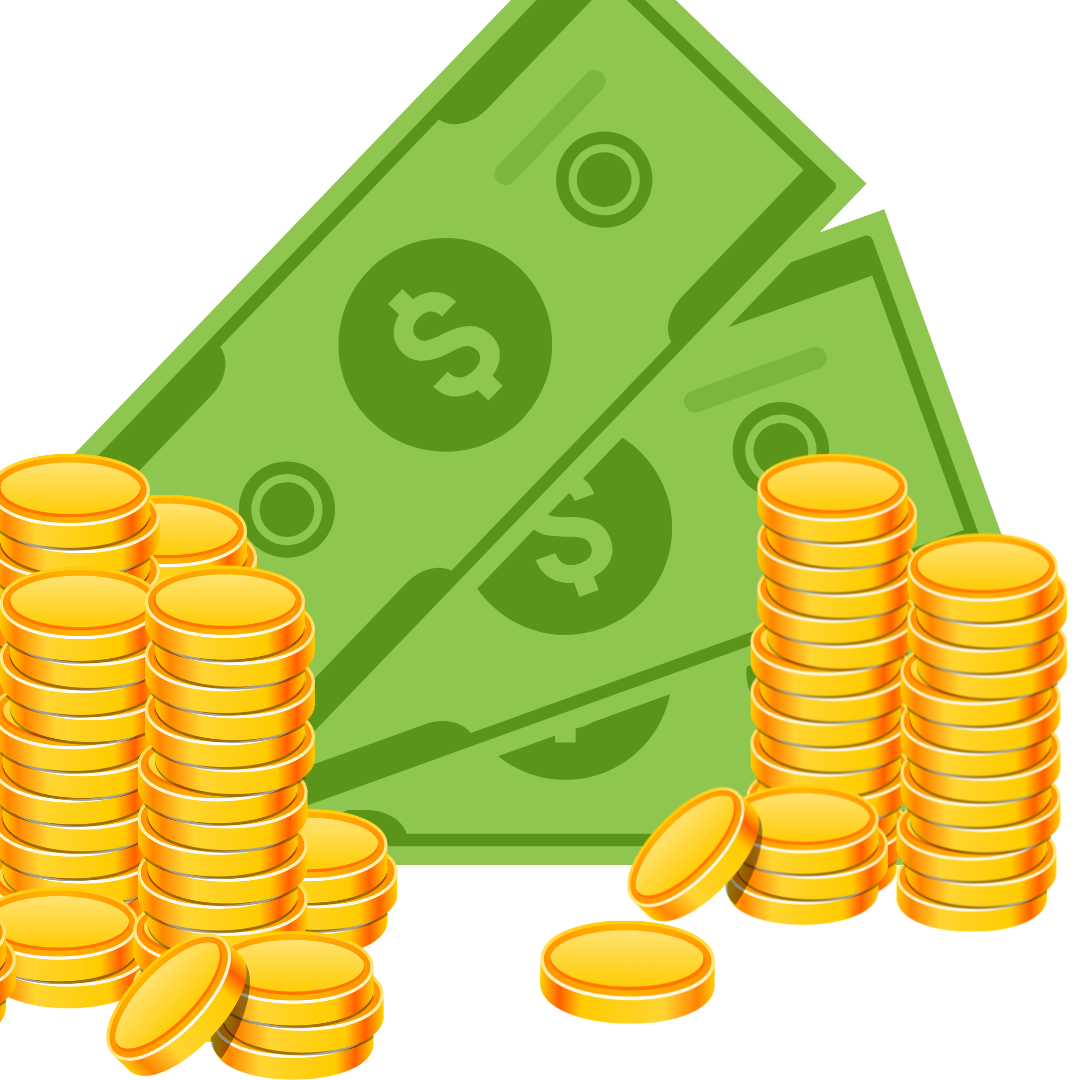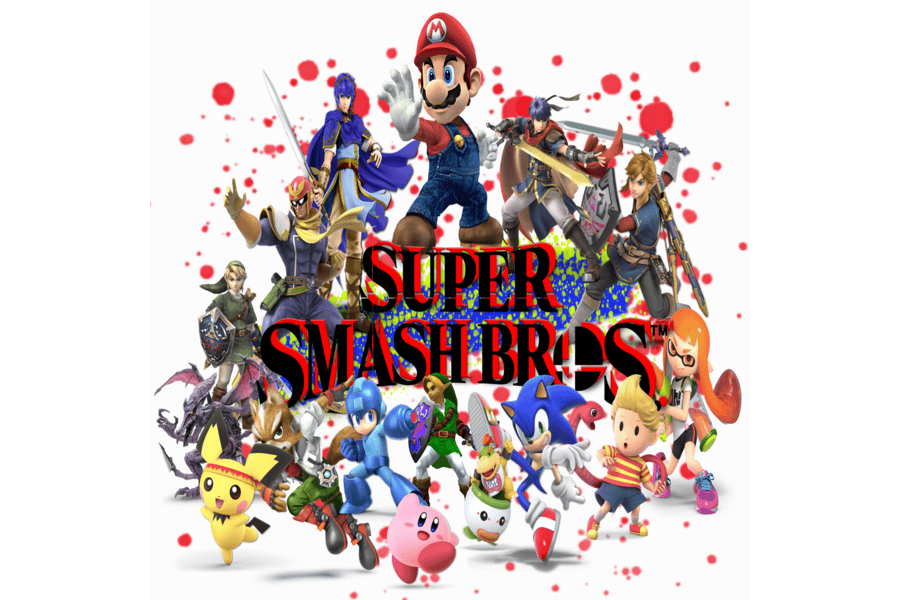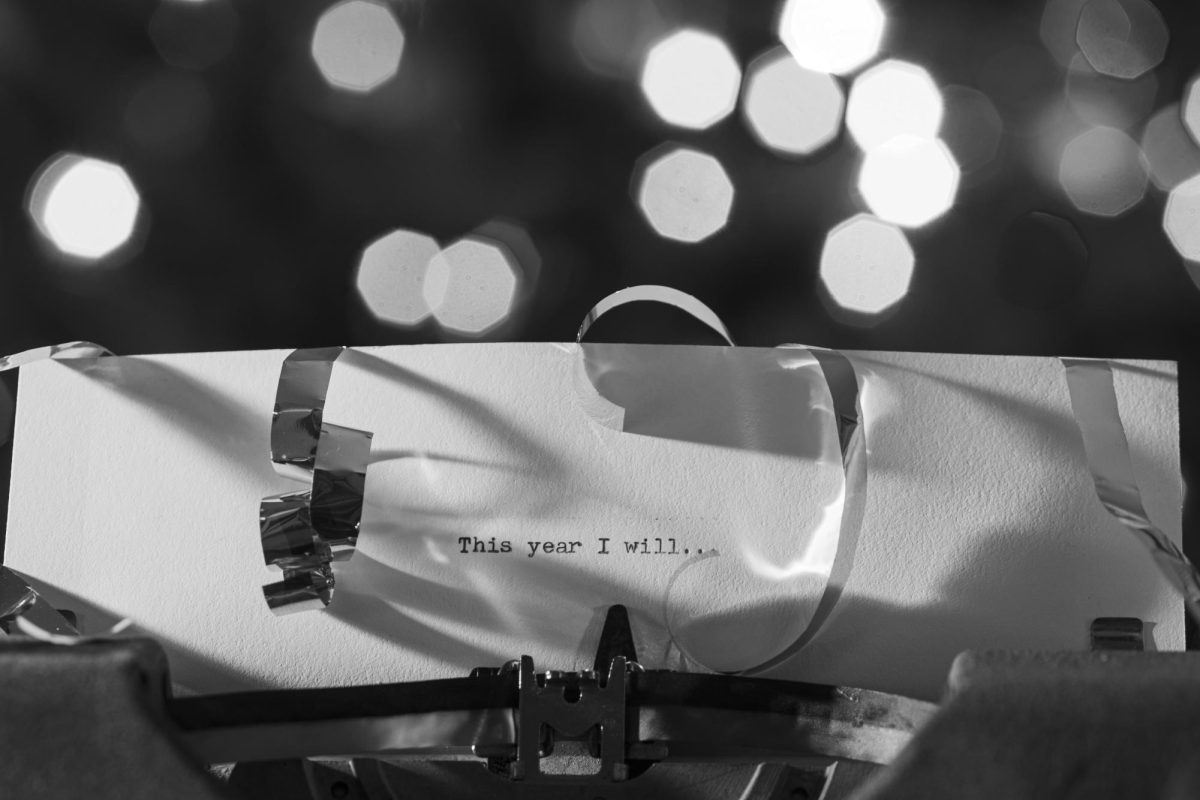Early October marks an exciting time for East and Southeast Asia as cities and towns turn kaleidoscopic seemingly overnight in anticipation of the harvest moon.
The Mid-Autumn Moon Festival originated from a mythological correlation between the vibrancy of the full moon and the fall harvest. This celebration is held on the 15th day of the eighth month of the lunar calendar. In 2024, the festival landed on September 17 of the Gregorian calendar. The date shifts annually because the lunar calendar is based on the cycles of the moon. The date was October 6 for 2025
Revered as the second most important celebration of the year after the Lunar New Year, the Mid-Autumn Festival and its traditions range across Asia and vary slightly depending on the country’s language and local folklore. However, there are four key elements that each celebration has in common and that you can use to appreciate the holiday, even in Milwaukee.
Four Key Festival Elements
1. Mooncakes
If you’ve ever been to an Asian grocery store around this time of year, you may have seen these round, decoratively shaped pastries wrapped up in boxes and displayed near the front. Mooncakes are the signature treat of every moon festival. Their round shape not only symbolizes the full moon but is also designed to be cut and shared with loved ones while sky-gazing, representing unity and togetherness.
Taking this representation of unity a step further, these cakes are traditionally made with a sweet filling like lotus seed or red bean paste and often contain a salted egg yolk center. This ensures every section of the cut cake has an equal amount of flavor. When eating them, be sure to cut the cake into halves or quarters and pair them with some tea to enjoy them to the fullest.
2. Lanterns
The strong familial themes of the Mid-Autumn Festival stem from parents taking time away from preparing for the harvest to focus more on their children. While adults relax in the evening to eat mooncake and admire the moon, children take to the streets with a lantern in hand and parade with their friends.
This actually originates with a folk story of a boy lost in heaven, for constantly lying, and how every year his neighbors would light up lanterns in hopes of guiding him a path back home.
Nowadays these lanterns still serve as beacons of hope and prosperity for children and can range from simple strings of light along a storefront to huge story tall canvas and wire structures that can be seen from blocks away
If you want to see large-scale lantern art in person, Milwaukee is lucky to be one of the U.S. cities that periodically hosts China Lights (a festival that includes huge lantern displays). But if you don’t want to shell out the price of the trip, you can create your own simple lanterns by simply folding paper into a cylinder and attaching a string handle.
3. Folklore
We’ve already discussed a little about the folktale behind lanterns but if you ask just about anyone about the Autumn Moon folklore, you’ll hear about Chang’e. (pronounced Chang-uh). In Chinese mythology, Chang’e is the goddess of the moon and is known for themes of romance, beauty, and all things lunar. Her most famous story revolves around her consuming an elixir of immortality, which causes her to ascend to the moon and obtain immortality.
And since the moon is at its brightest during the festival, people celebrate by leaving offerings for Chang’e, hoping for agricultural prosperity and good health. If you want to learn more about her, “Over the Moon” written by Audrey Wells is a family musical film that plays a heartfelt, emotional nod to the classic story for modern viewers. I highly recommend it as a seasonal watch.
4. The Moon!
One of the wonders of all of us sharing this singular planet is that no matter how different our experiences are, no matter how far across the ocean these cultures may originate, we are all under the same moon.
As such, there is no special procedure required to simply step outside on and stare up at a spectacle so bright that people all over the world raise their own lights in celebration.
Happy Mid-Autumn Moon Festival!
